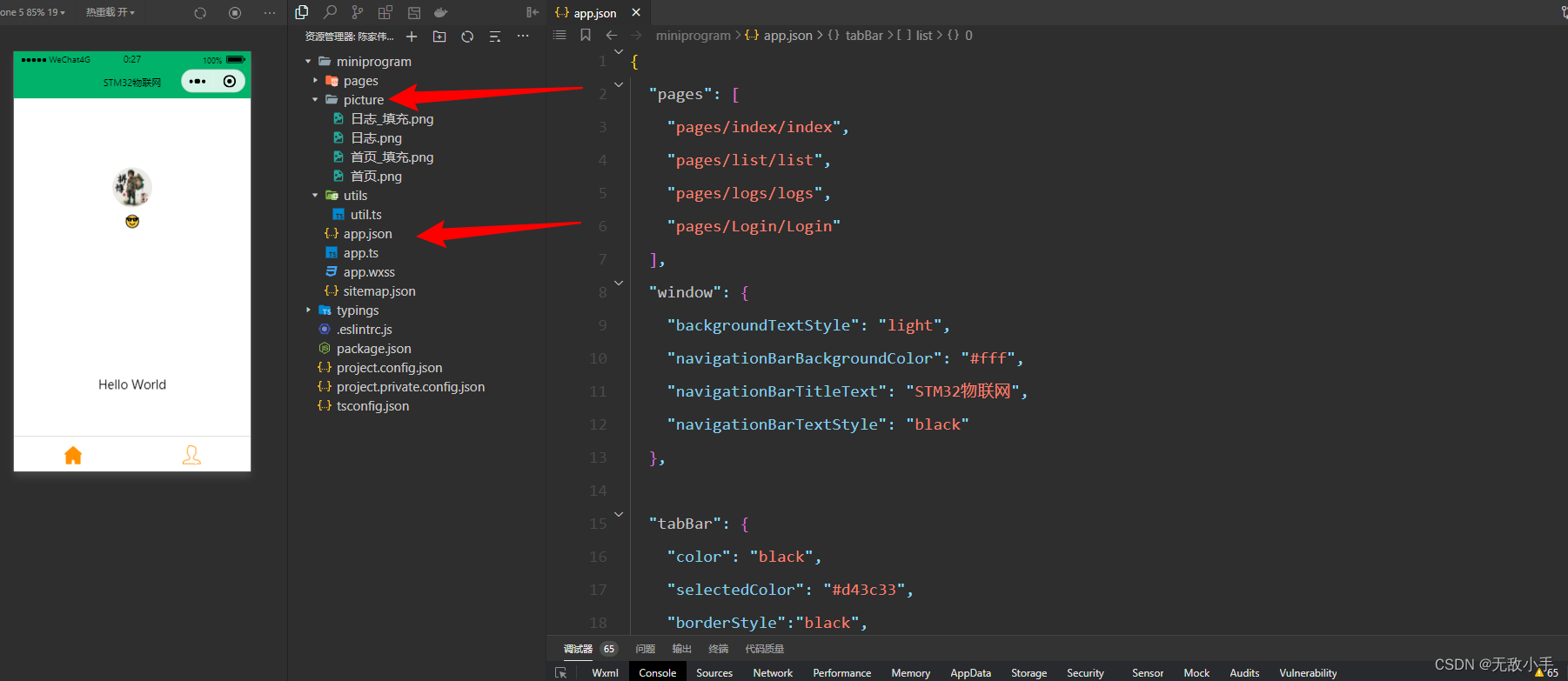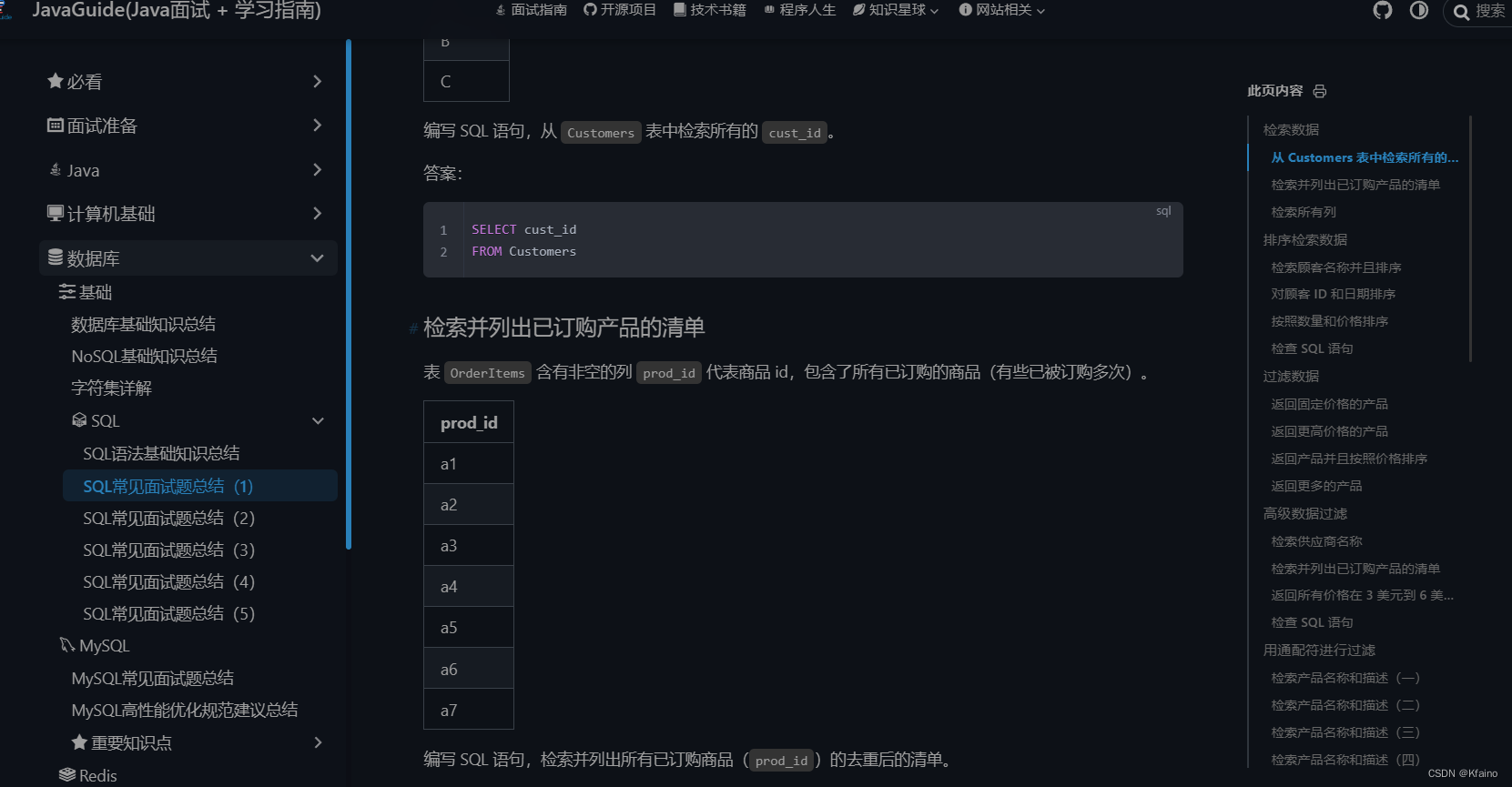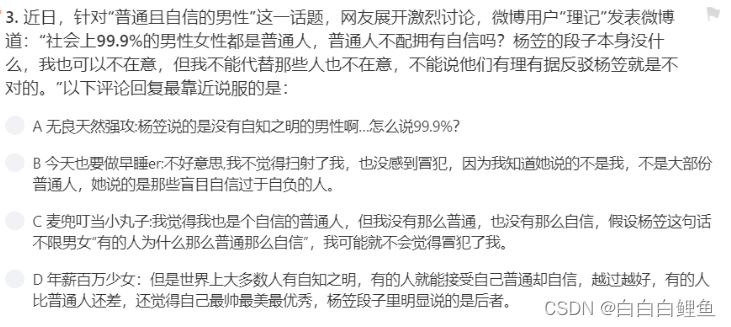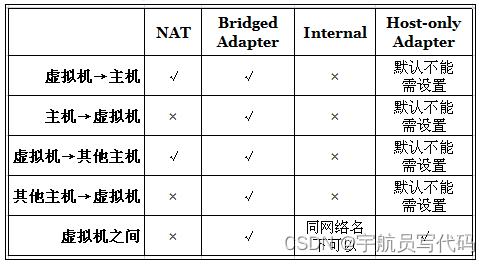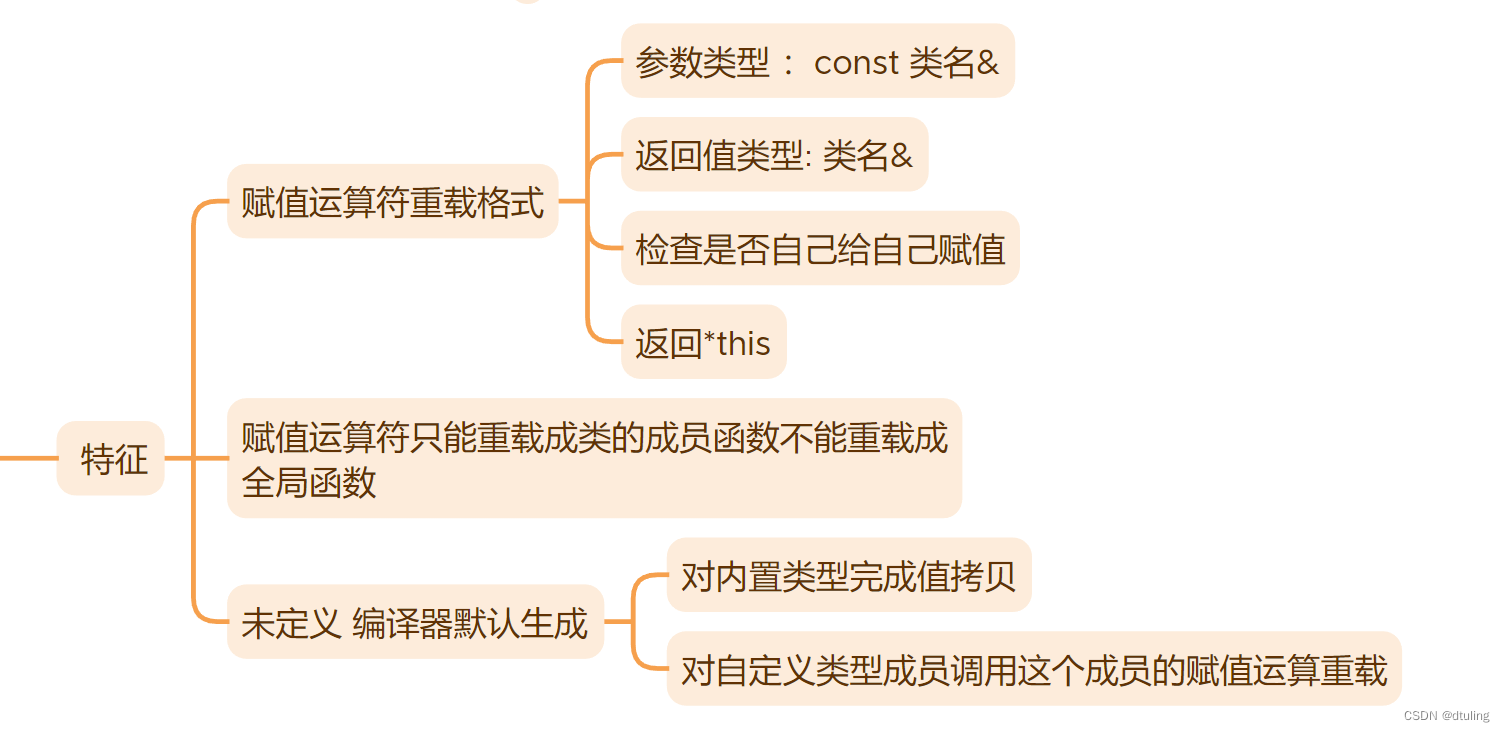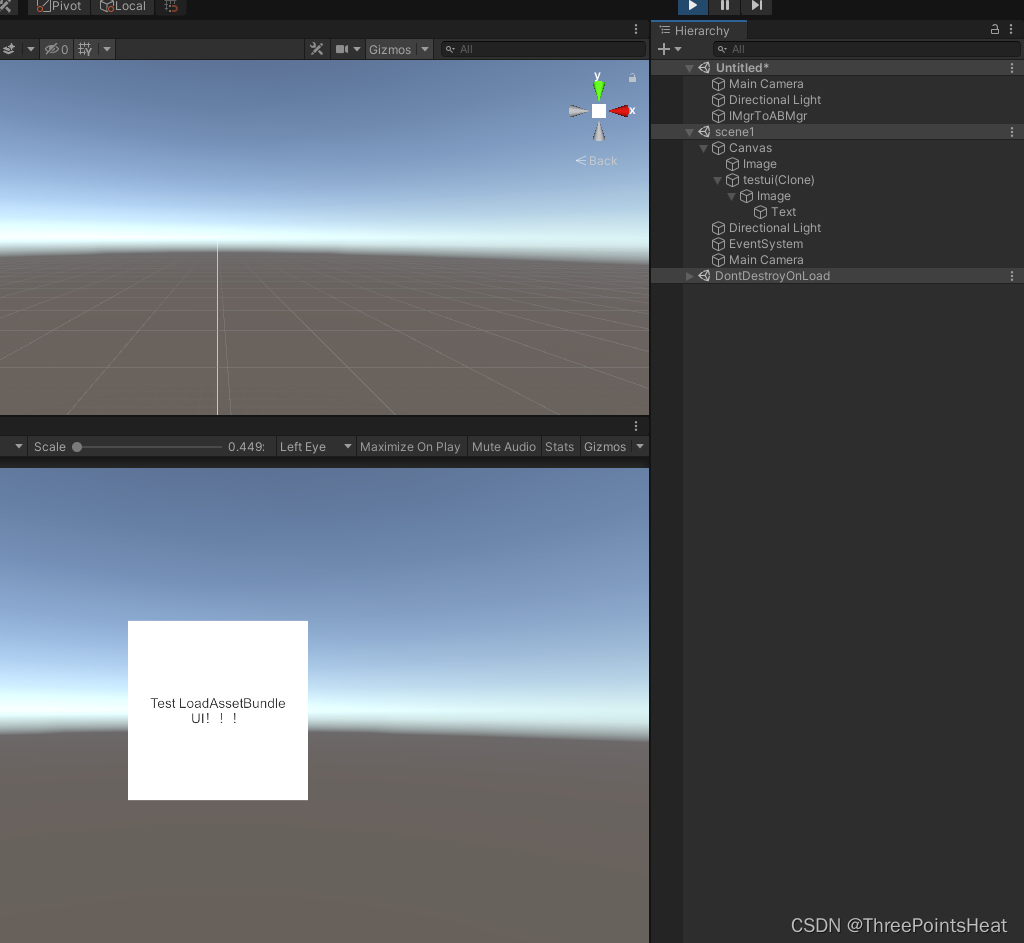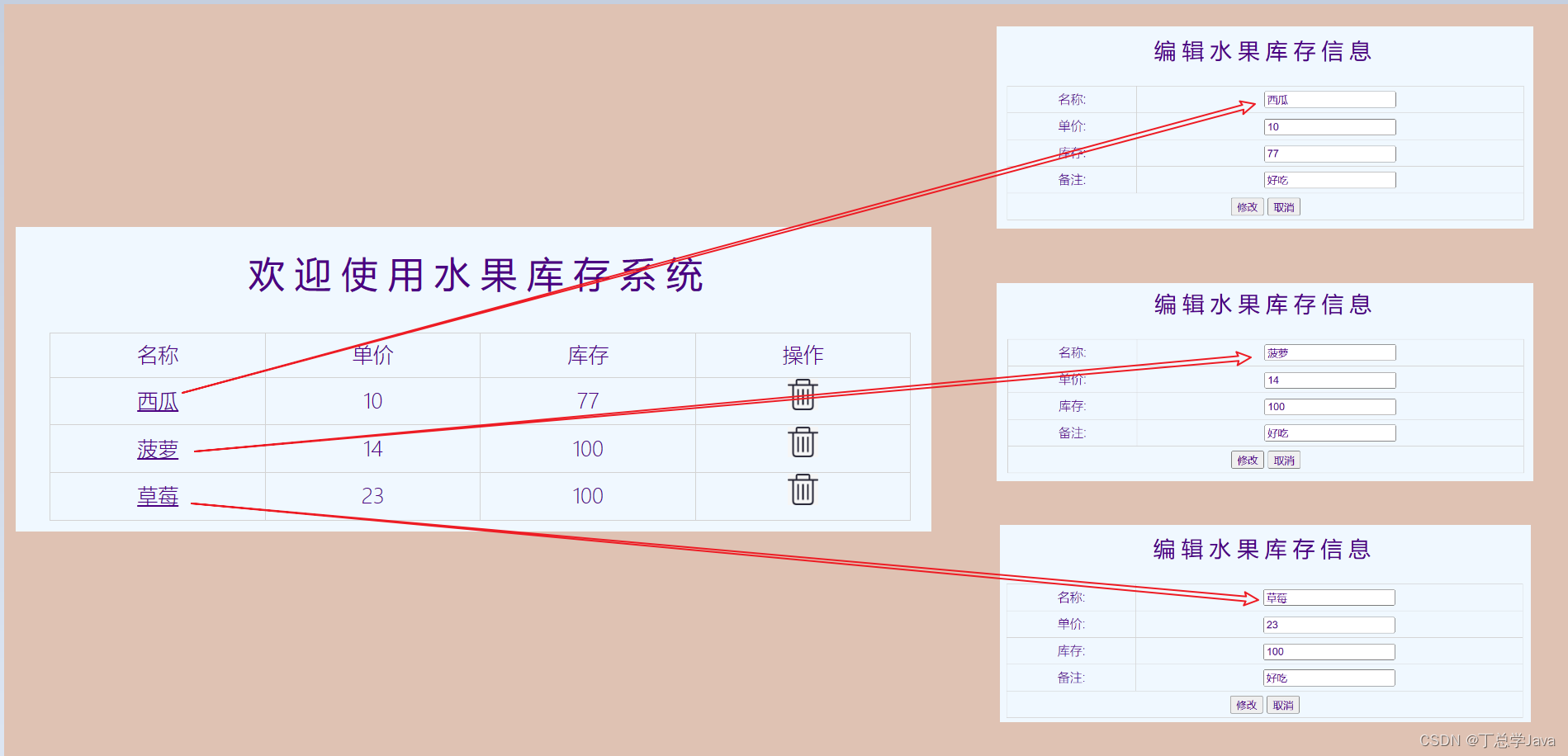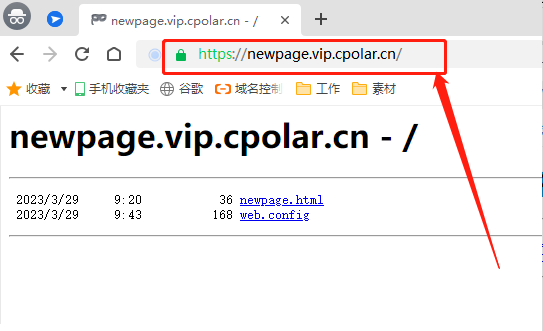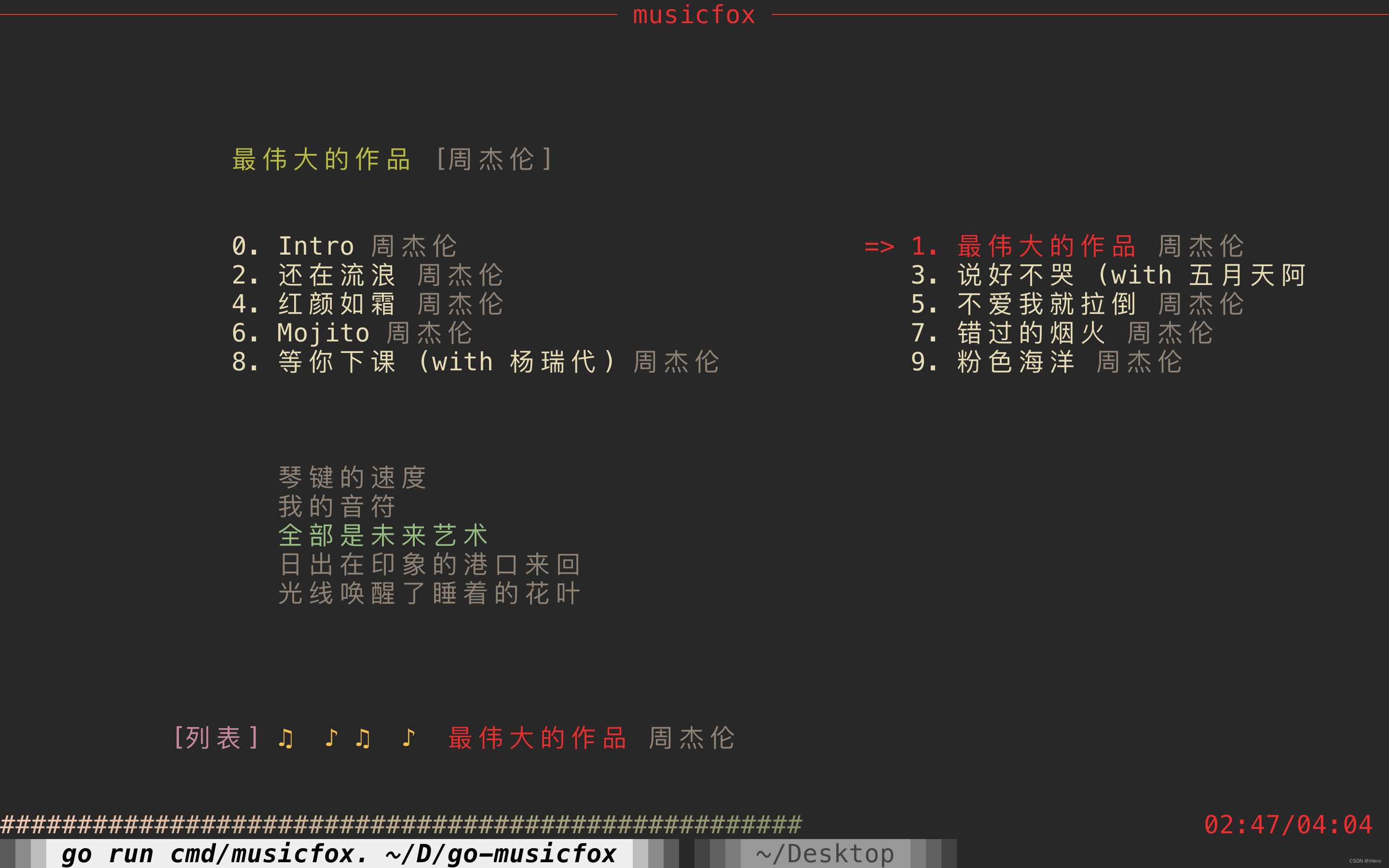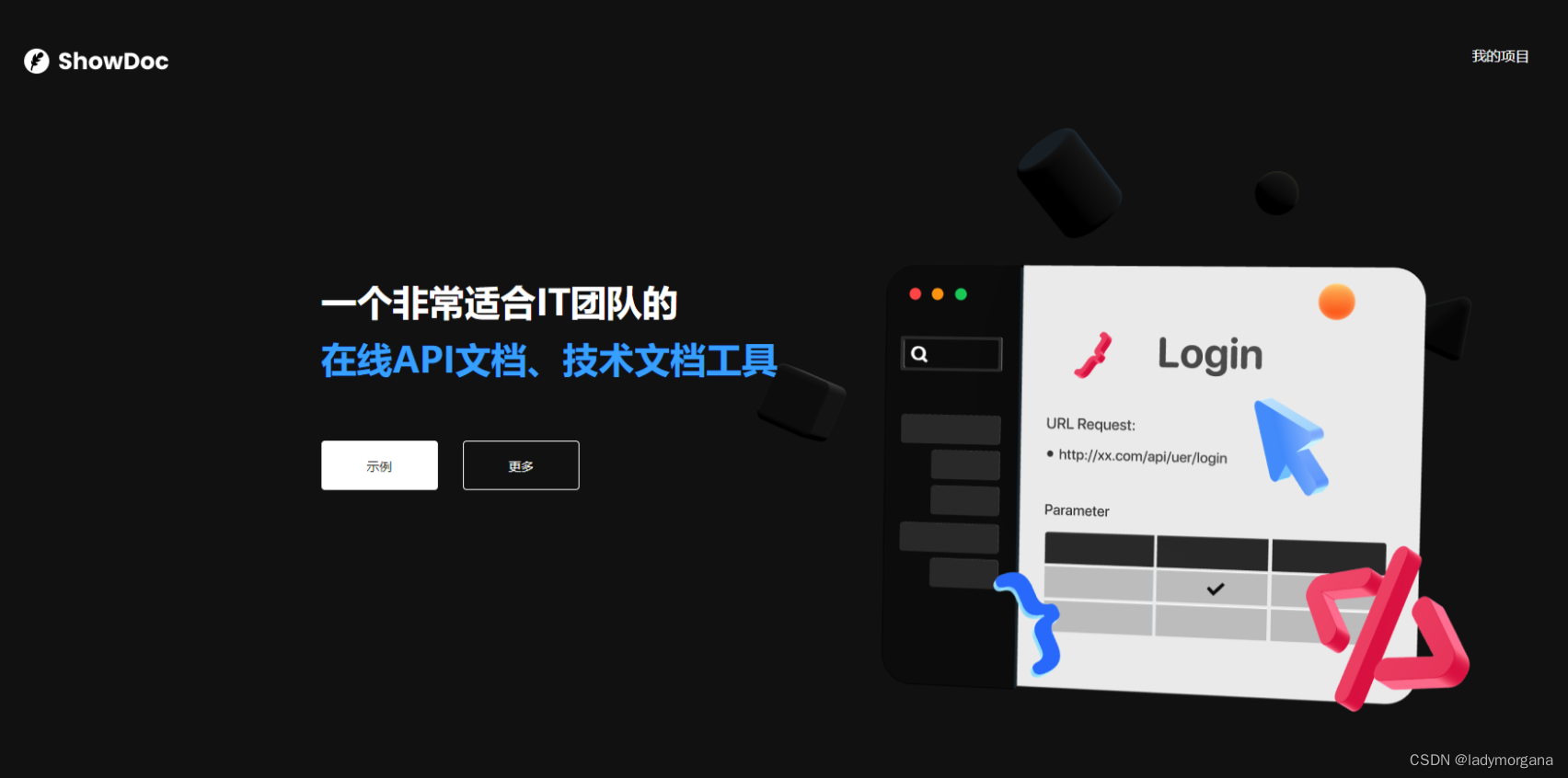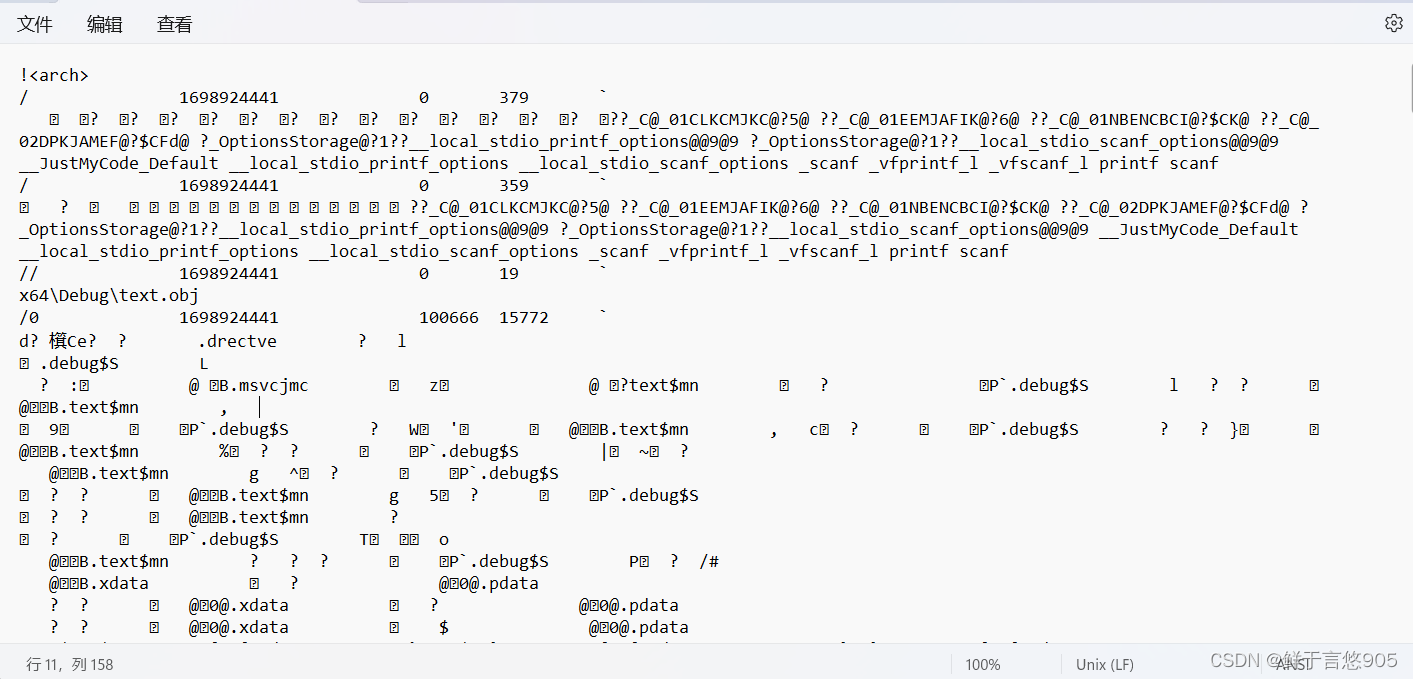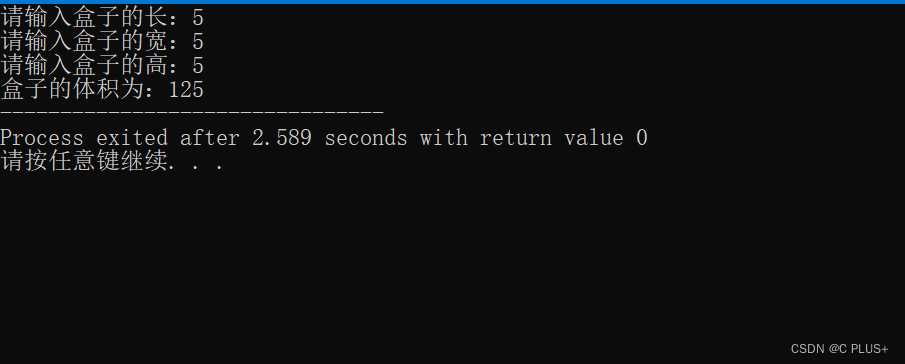1. 选择合适的消息推送服务
在校园跑腿系统小程序中,选择一个适合的消息推送服务。例如,使用WebSocket技术、Firebase Cloud Messaging (FCM)、或第三方推送服务如Pusher或OneSignal等。注册并获取相关的API密钥或访问令牌。

2. 集成服务到小程序后端
使用选定的服务提供商的文档,将其集成到小程序后端。这通常涉及使用相应的SDK或API。示例如下:
// 使用 WebSocket 示例
const WebSocket = require('ws');
const wss = new WebSocket.Server({ port: 8080 });
wss.on('connection', function connection(ws) {
ws.on('message', function incoming(message) {
// 接收到消息后的处理逻辑
console.log('received: %s', message);
});
});
// 使用 Firebase Cloud Messaging 示例
const admin = require('firebase-admin');
const serviceAccount = require('path/to/serviceAccountKey.json');
admin.initializeApp({
credential: admin.credential.cert(serviceAccount)
});
const message = {
notification: {
title: 'New Order',
body: 'You have a new delivery request!'
},
topic: 'delivery_orders'
};
admin.messaging().send(message)
.then((response) => {
console.log('Successfully sent message:', response);
})
.catch((error) => {
console.log('Error sending message:', error);
});
3. 前端集成
在小程序的前端部分,使用相应的SDK或库连接到消息推送服务,监听新消息或通知,以便在接收到消息时触发相应的操作。
4. 测试与优化
确保实时通知和消息推送系统的稳定性和有效性。测试不同情况下的推送,确保它们按预期工作。
结语
设计高效的实时通知与消息推送系统需要理解并正确集成相关的消息推送服务。上述提供的代码仅仅是示例,实际集成会因所选服务的不同而有所不同。务必参考相应服务的文档和指南来完成整个集成过程。
